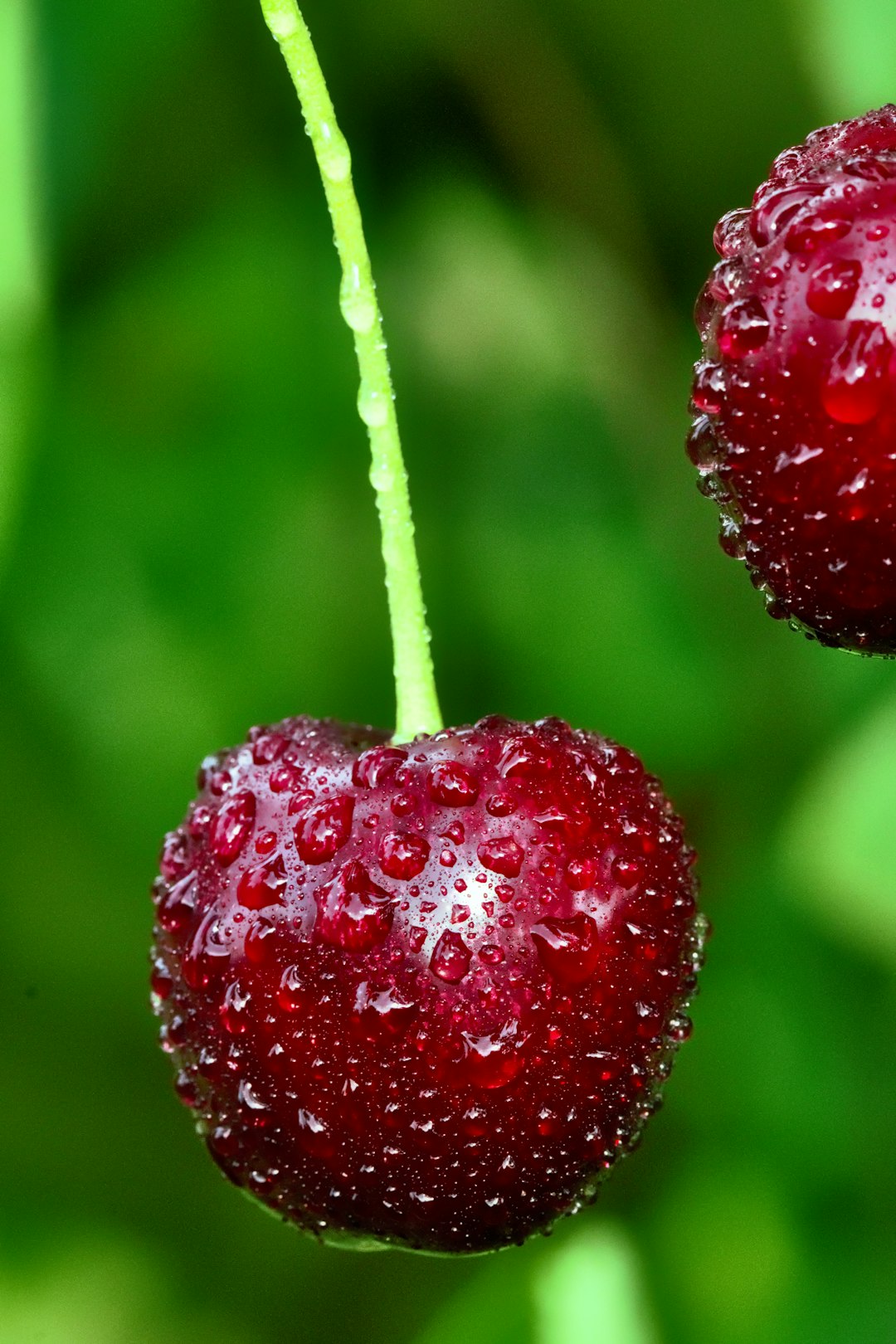The Secret of Indoor Euonymus Gardening

Indoor gardening has become a popular pastime for many, offering a way to bring a touch of nature into our homes. Among the various plants suitable for indoor cultivation, some euonymus varieties stand out as low - maintenance houseplants. In this article, we will explore the right types of euonymus to grow indoors and provide essential care tips.
Euonymus is a diverse genus of plants that includes both shrubs and vines. While many euonymus species are commonly found outdoors, certain ones can thrive indoors with the right conditions. One of the key advantages of growing euonymus indoors is their relatively low maintenance requirements. They can tolerate a range of light conditions and don't need constant attention.
Types of Euonymus Suitable for Indoor Gardening
Euonymus japonicus 'Microphyllus': This variety is known for its small, oval - shaped leaves. It has a compact growth habit, making it ideal for small indoor spaces. The 'Microphyllus' can add a touch of greenery to your windowsill or a corner of your living room. Its dense foliage gives it an attractive appearance, and it can be easily pruned to maintain its shape.
Euonymus fortunei 'Emerald Gaiety': This is a variegated variety with green leaves edged in white. The contrast of colors makes it a visually appealing choice for indoor decoration. 'Emerald Gaiety' is also quite hardy and can adapt to different indoor environments. It can be grown in a hanging basket or trained to climb a small trellis, adding vertical interest to your indoor garden.
Euonymus alatus 'Compactus': Although it is more commonly known as a shrub for outdoor landscapes, the 'Compactus' variety can also be grown indoors in a large container. It has distinctive corky wings on its stems, which add an interesting texture. The leaves turn a beautiful red color in the fall, providing seasonal interest even inside your home.
Essential Care Tips for Indoor Euonymus
Light Requirements: Most indoor euonymus varieties prefer bright, indirect light. Placing them near a north - or east - facing window is usually ideal. However, they can also tolerate lower light conditions, although their growth may be slower. Avoid exposing them to direct sunlight for extended periods, as this can scorch the leaves.
Watering: Euonymus plants do not like to sit in waterlogged soil. Allow the top inch or so of the soil to dry out between waterings. Overwatering can lead to root rot, which is a common problem for indoor plants. During the winter months, reduce the frequency of watering as the plant's growth slows down.
Soil: Use a well - draining potting mix. A mixture of peat moss, perlite, and vermiculite is a good option. This type of soil allows for proper air circulation around the roots and helps prevent waterlogging.
Fertilizing: Feed your indoor euonymus with a balanced, water - soluble fertilizer during the growing season (spring and summer). Follow the instructions on the fertilizer package for the correct dosage. Avoid over - fertilizing, as this can cause excessive growth and may make the plant more susceptible to pests and diseases.
Pruning: Regular pruning helps maintain the shape and size of your euonymus plant. You can remove any dead, damaged, or diseased branches. Pruning also encourages new growth and can make the plant look more full and healthy. Use clean, sharp pruning shears to avoid damaging the plant.
Common Pests and Diseases
Indoor euonymus plants can be susceptible to certain pests, such as spider mites and scale insects. Spider mites are tiny pests that can cause yellowing and stippling of the leaves. You can control them by regularly misting the plant to increase humidity and using an insecticidal soap if necessary. Scale insects appear as small, brown bumps on the stems and leaves. They can be removed by gently scraping them off with a soft brush or using a horticultural oil.
Diseases such as powdery mildew can also affect euonymus plants. Powdery mildew appears as a white, powdery coating on the leaves. To prevent this, ensure good air circulation around the plant and avoid overcrowding. If powdery mildew does occur, you can treat it with a fungicide.
In conclusion, growing euonymus indoors can be a rewarding experience. By choosing the right types and following these essential care tips, you can enjoy the beauty of these low - maintenance houseplants in your home. Whether you are a seasoned gardener or a beginner, euonymus can be a great addition to your indoor plant collection.